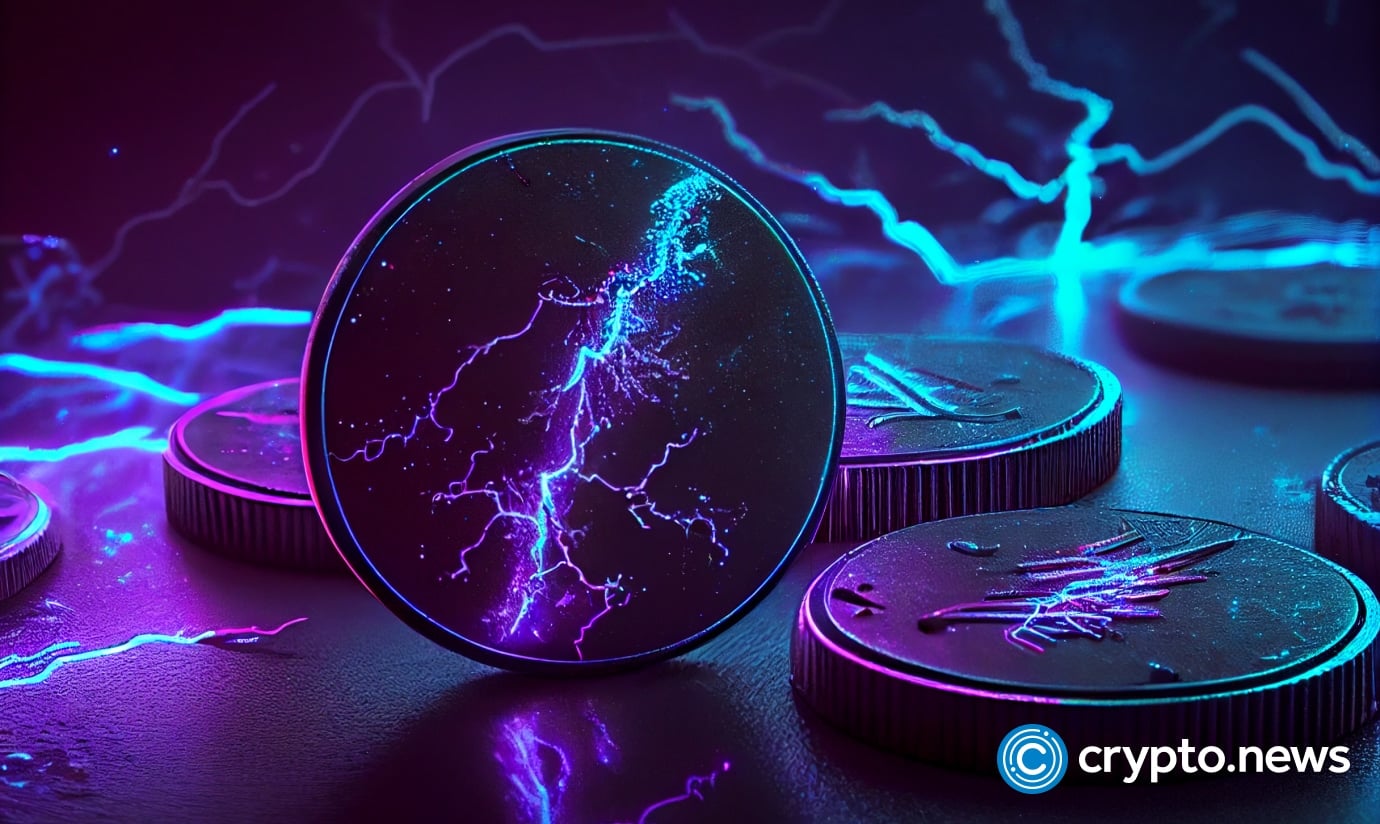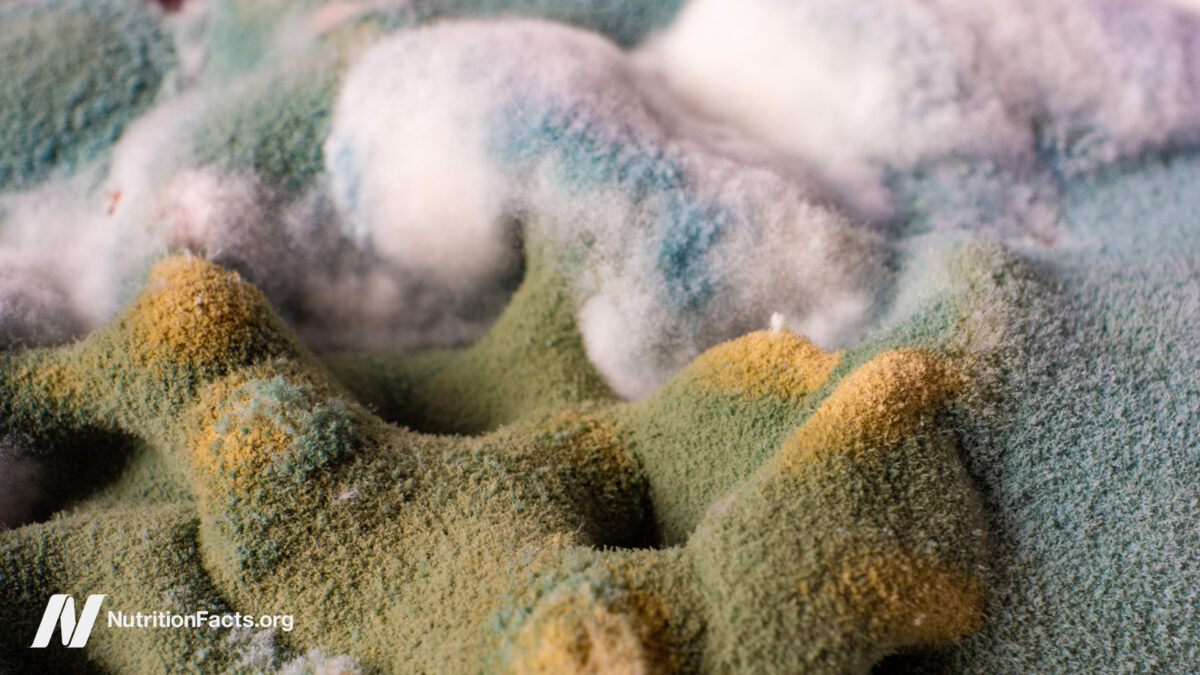Eight Basic Vehicle Maintenance Tasks You Probably Skip, but Really Shouldn't
If all you’re doing is changing the oil and filters, you’re skipping some really important maintenance that can extend the life of your car and make it more reliable.

If all you’re doing is changing the oil and filters, you’re skipping some really important maintenance that can extend the life of your car and make it more reliable.

Credit: Korawat photo shoot / Shutterstock
Most of us have a love-hate relationship with our cars. We love our vehicles because they represent freedom (and economic necessity, if you rely on one to get to work or do your grocery shopping), but we hate how much they cost—and the fact that you never actually stop paying for them. It costs an average of $1,452 every year just to keep your vehicle running, and the overall cost of owning a car is a whopping $6,684 annually.
As crucial as vehicle maintenance is in terms of making sure your car is reliable, people tend to skip an awful lot of it. If all you do every year is the basics—changing the oil and engine filters in a standard tune-up—you’re skipping a bunch of maintenance that only seems less important. Here are the vehicle maintenance steps you should definitely not skip.
Cleaning battery terminals
Your car’s battery is where the magic starts: When you turn the key or press the ignition button, a charged, fully-functioning battery sets everything in motion. Even if your battery is relatively new and still in good shape, corrosion can build up on the terminals. Anything that inhibits the connection between your battery and the systems it powers will impact your car’s performance and can damage your engine and electrical systems, so cleaning those terminals twice a year is a good idea. It’s a pretty simple process, actually.
Checking all the fluids
Sure, you change the oil according to a schedule—but your car runs on a lot of different fluids, and you should be checking and replacing them all regularly. This includes:
Transmission fluid. Just because it’s “sealed” or described as “lifetime” doesn’t mean it shouldn’t be checked and possibly changed out. Making sure levels haven’t dropped when you change the oil is a good idea, and even if your transmission fluid is holding up at 100,000 miles, you should change it out.
Brake fluid. Brake fluid can break down just like engine oil, so it’s a good idea to check it every time you change the oil, and change it out every few years, even if your brakes are working properly. You’re better off asking your mechanic to do this for you unless you’re very experienced, though, as brake fluid changes can be a bit more complicated than other fluids used in your car.
Differential fluid. The differential distributes power to your wheels, making turns smoother and giving your car more stability. You should check your car’s manual for specifics, but generally speaking you should have it changed when you hit 30,000 miles or so.
Coolant. If you haven’t checked your antifreeze recently, now would be the time. It’s incredibly easy to drain and replace your coolant, which you should do according to manufacturer recommendations or every few years.
Power steering. You like being able to steer your car without putting your back into it, don’t you? Then you should be checking your power steering fluid to make sure it doesn’t resemble mud. If it does, change it. If it doesn’t, look up the recommended replacement schedule for your car and change it then.
Change the wipers
The worst time to realize your windshield wipers have become a shell of their former selves is when you’re caught in a rainstorm and can’t see anything through the pour. Plus, there’s nothing less fun than changing your wipers in the midst of a storm. Your wipers will give you some warning that they’re wearing out, leaving streaks and making a lot of squeaky noises, so when you notice those signs, it’s time to pop off the old ones and pop on the new.
Check the lights
You rely on your car’s various lights—headlights, hazard lights, signal lights, and brake lights—for safe operation of the vehicle, so it’s amazing how many people don’t bother to check if they actually work. Take two minutes every year to turn on the lights and walk around the car to ensure they’re all working properly. Changing out a bulb here and there can spare you from being pulled over by a police officer—or worse.
Check tire pressure
Proper tire pressure affects just about every aspect of your driving experience—it can make braking harder, affect the stability of the car (if you’ve never felt a car shake because the tires were overinflated, you haven’t lived), and impact fuel efficiency. Check the tire pressure (this is literally printed on the tire itself) at least once a month and adjust as needed.
Even if you get your tires rotated regularly (as you should), you should also check your tires’ tread wear every now and then. Rapid or uneven wear on tire tread could indicate other problems with the car, and if your tires are starting to get a little bald it’s a very good idea to get them replaced before their lack of traction gets you into an accident.
What do you think so far?
Cleaning out the drains
You might not even be aware of the fact that your car has several drains that keep water from collecting in the engine—or in the cabin area. All of these drains should be inspected and cleaned out periodically—otherwise moisture will build up, rusting components and staining parts of the car. Typical drain locations include:
Sunroofs. If you have a sunroof, there are drains built into the car that carry rain and other water that gets through the seals. Your car’s manual will show you exactly where they are, but they’re generally located in the corners of your sunroof well.
Doors. Drains are often located at the bottom of your doors. Often the sunroof drains are connected to these as well.
Windshield. Look where the windshield meets the hood of the vehicle, and you’ll likely find drains at each end.
Trunk/bed. Drains are often included in the read of the vehicle as well.
All of these drains can get clogged with gunk, which can lead to water inside the car, or invisible rusting and corrosion that destroys the vehicle from the inside-out. They can usually be cleaned with just a garden hose—the water pressure alone should work to expel built-up debris. If you have a stubborn clog, a length of wire run down through the drain should help.
Change the cabin filter
You probably replace engine filters regularly, but have you ever inspected and replaced the cabin filter? These filters clean the air pumped into your vehicle’s interior via the A/C, heat, or ventilation system. It gets filthy just like any other filter, which leads to lower air quality in your vehicle’s cabin and extra stress on your systems. Look at your manual to find out where it’s hiding, then swap it out at least once a year—more often if you notice a drop in air quality, or if you regularly drive through some dusty areas.
Washing the exterior
You might think washing your car is a luxury, or a non-essential aspect of maintenance, but you would be wrong. Your car is bombarded with a ton of gross stuff—from dirt that scratches the finish, bugs that muck up your windshield, and corrosive stuff that can undermine your vehicle’s seals and other components. In other words, not washing your car on a regular basis will shorten its lifespan and increase your maintenance costs.

 ValVades
ValVades 















.jpeg?trim=49,0,49,0&width=1200&height=800&crop=1200:800)



















